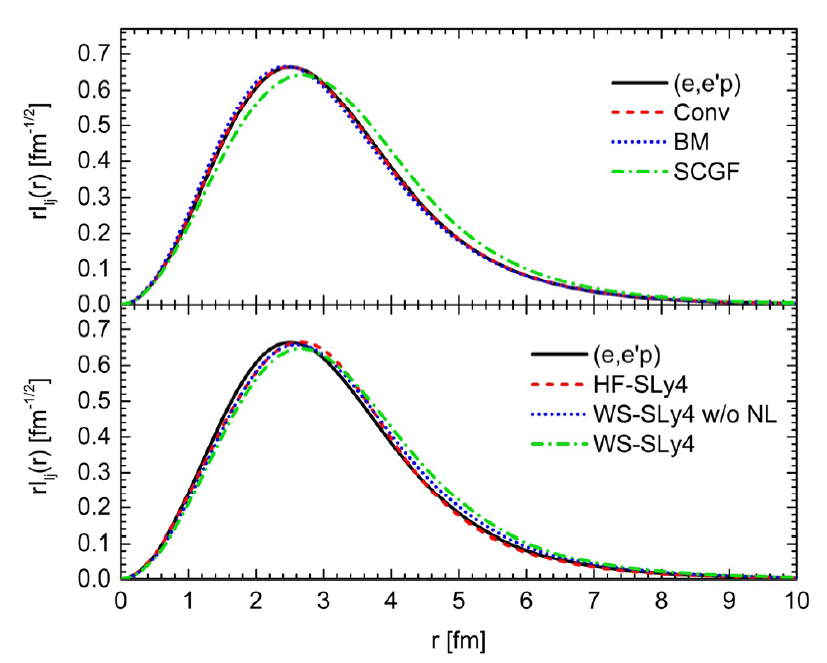
Effects of single-particle overlap function on the 16O(p,2p)15N reaction
- University of Science, VNU-HCM
- Department of Nuclear Physics, Faculty of Physics and Engineering Physics, University of Science, Ho Chi Minh City, Viet Nam, Vietnam National University, Ho Chi Minh City, Viet Nam
Abstract
Introduction: The proton-induced nucleon knockout reactions have been widely used in recent years to explore the single-particle properties of various nuclei. In this study, we examine the effects of the single-particle overlap function on the cross sections and spectroscopic factors of the 16O(p,2p)15N reactions.
Methods: These effects are extensively studied through an analysis of the cross sections of the 16O(p,2p)15N reaction at incident energies of 392 and 505 MeV. The evaluation is carried out within the framework of the distorted-wave impulse approximation (DWIA), utilizing overlap function inputs from different structure calculations and potential prescriptions.
Results: The analysis reveals that, for the 16O(p,2p)15N reaction and the chosen incident energies, the ambiguities arising from different selections of the overlap function are small but non-negligible.
Conclusion: Given the existence of these theoretical uncertainties, it is important that careful and consistent choices of single-particle overlap functions are made in systematics knockout reactions analyses to ensure the extraction of reliable structure information.

